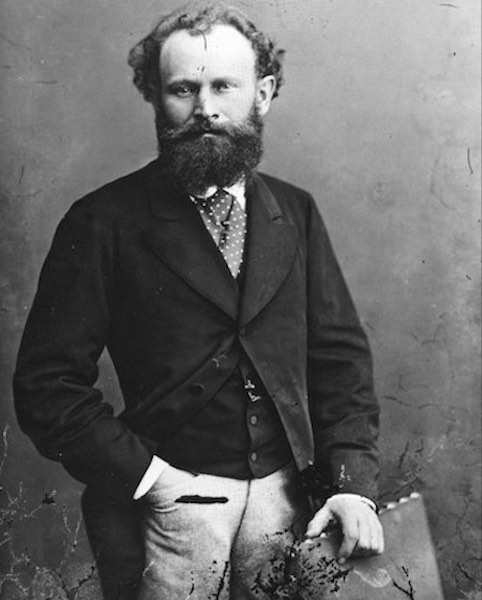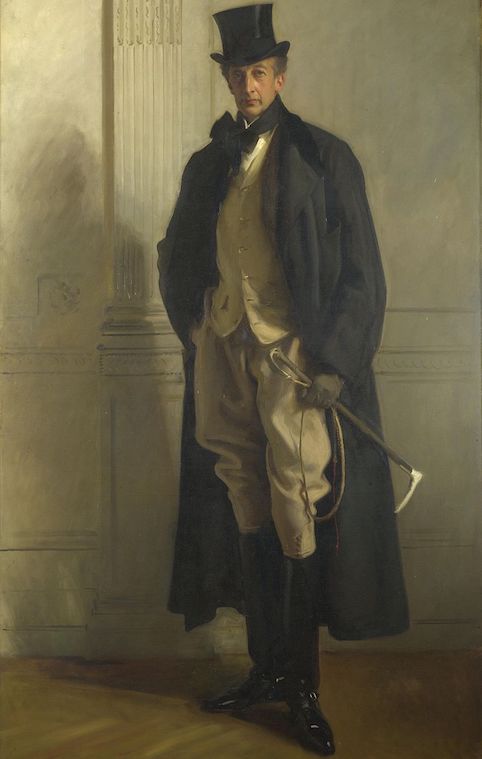Loading...
Work in Progress

Édouard Manet
Photo Credit: Wikimedia Commons
LOOKING BACK TO MANET'S FUTURE
Looking Back to Manet’s Future builds upon an article on Manet’s Portrait of Victorine Meurent—“The Spectacle of the Face,” published in Therese Dolan’s New Perspectives on Manet in 2012. Individual works by an artist whose influence continues are studied in light of late 20th and 21st century photographs and new media in an effort to “see” the painter afresh.
Route to Le Tholonet
Cézanne
c.1900 Pearlman Collection, Princeton
CÉZANNE'S UNCANNY DOMESTICITY
Cézanne’s Domestic Uncanny will continue work begun in an essay on the artist’s watercolor, Balcony (Philadelphia Museum of Art) for a book on interiority edited by Ewa Lajer-Burcharth and Beata Söntgen. I will consider both the artist’s ‘unhomely’ houses and the strangely present domestic objects he draws and paints.
Patient
Holloway Sanatorium Patient c. 1886 Surrey, England
THE MEDICAL PORTRAIT
The Medical Portrait: The Aesthetic as Evidence in Modern Photography and Film is a series of essays on how the “artfulness” of the photographic and/or cinematic form was used to persuade the viewer of the “reality” of physical and mental illness. In 1882, Dr. William Playfair hired a society photographer to make “before and after” images of patients he treated with the controversial rest cure that had been invented by his friend Dr. Silas Weir Mitchell of Philadelphia. The Holloway Sanatorium compiled casebooks of their patients that drew upon the conventions of formal portraiture, rather than institutional photography. Plastic surgeons used series of glass slides to teach their medical students the new methods perfected in the years after World War I. Films commissioned by the army after World War II drew upon the cinematic conventions of film noir to tell the story of soldiers recovering their psychological equilibrium.
Lord Ribblesdale
Photo Credit: Wikimedia commons